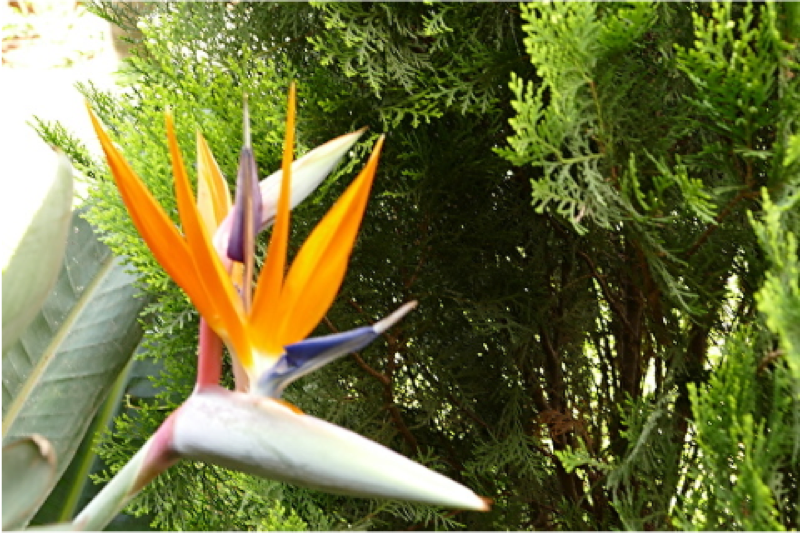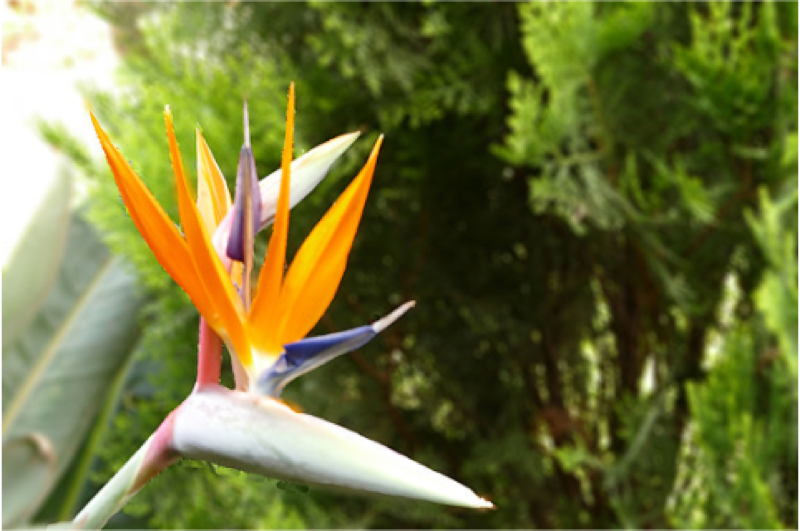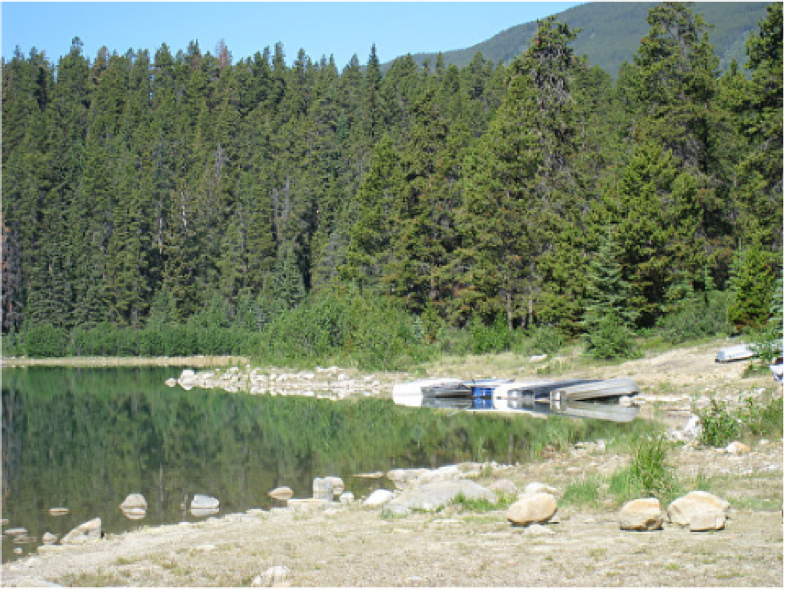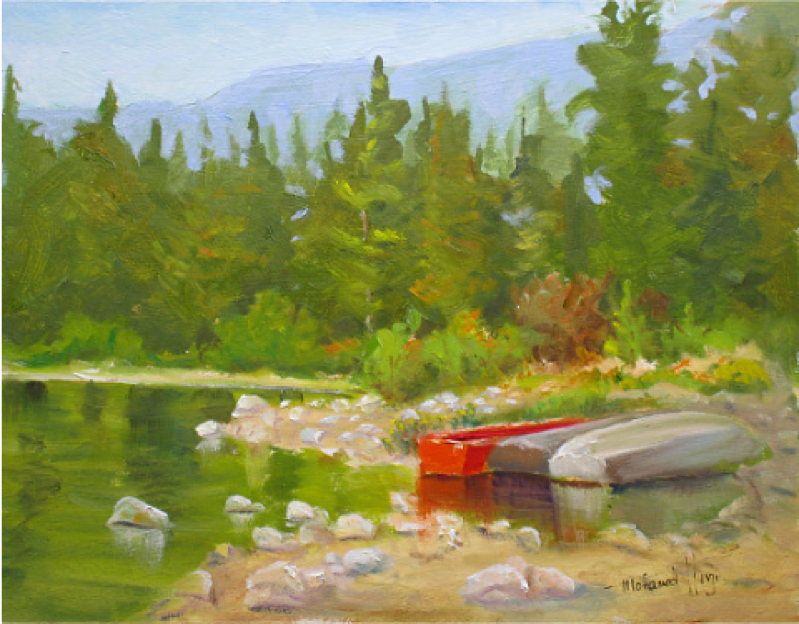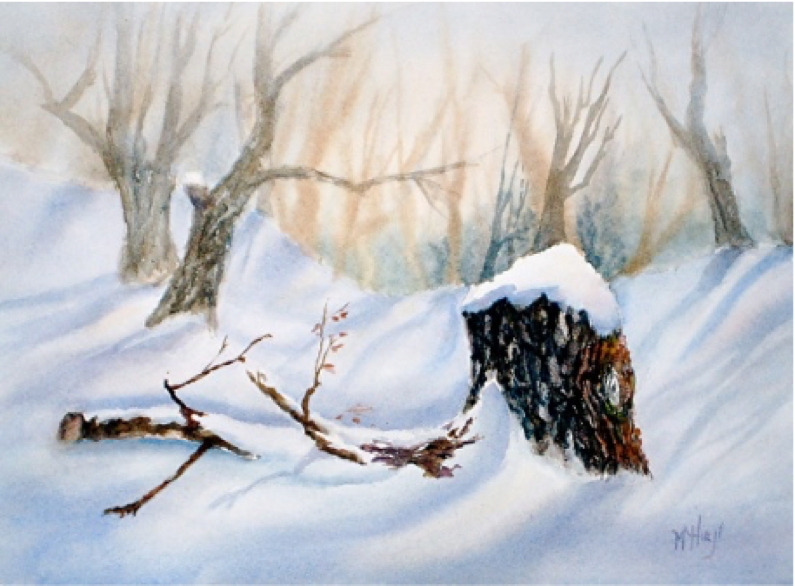May 10, 2018
Previously we looked at the value and colour contrast to direct the viewer's attention to the focal area. Today we will discuss how edges also accomplish the same purpose. The human eye, when it looks at an object, the image of that object falls on the fovea or the yellowspot on the retina. The fovea is the most sensitive area of the eye as regards to perception of colour and detail. Therefore the image is most detailed and sharpest at the fovea. At the periphery of the fovea, the image gradually gets blurred with the blurring increasing as the distance from the fovea increases.
It therefore stands to reason the our eyes will gravitate to an object that has the sharpest edge and is the most detailed.
In a photograph, everything is detailed and sharp unless one uses special techniques to only focus over a narrow zone with a wide camera aperture. In most photographs, it is difficult to perceive a focal area just on the basis of sharpness and detail.
In this photograph of the Bird Of Paradise, the background foliage is in focus and distracting. Apart from the bright colours, your eyes do not gravitate to the flower.
